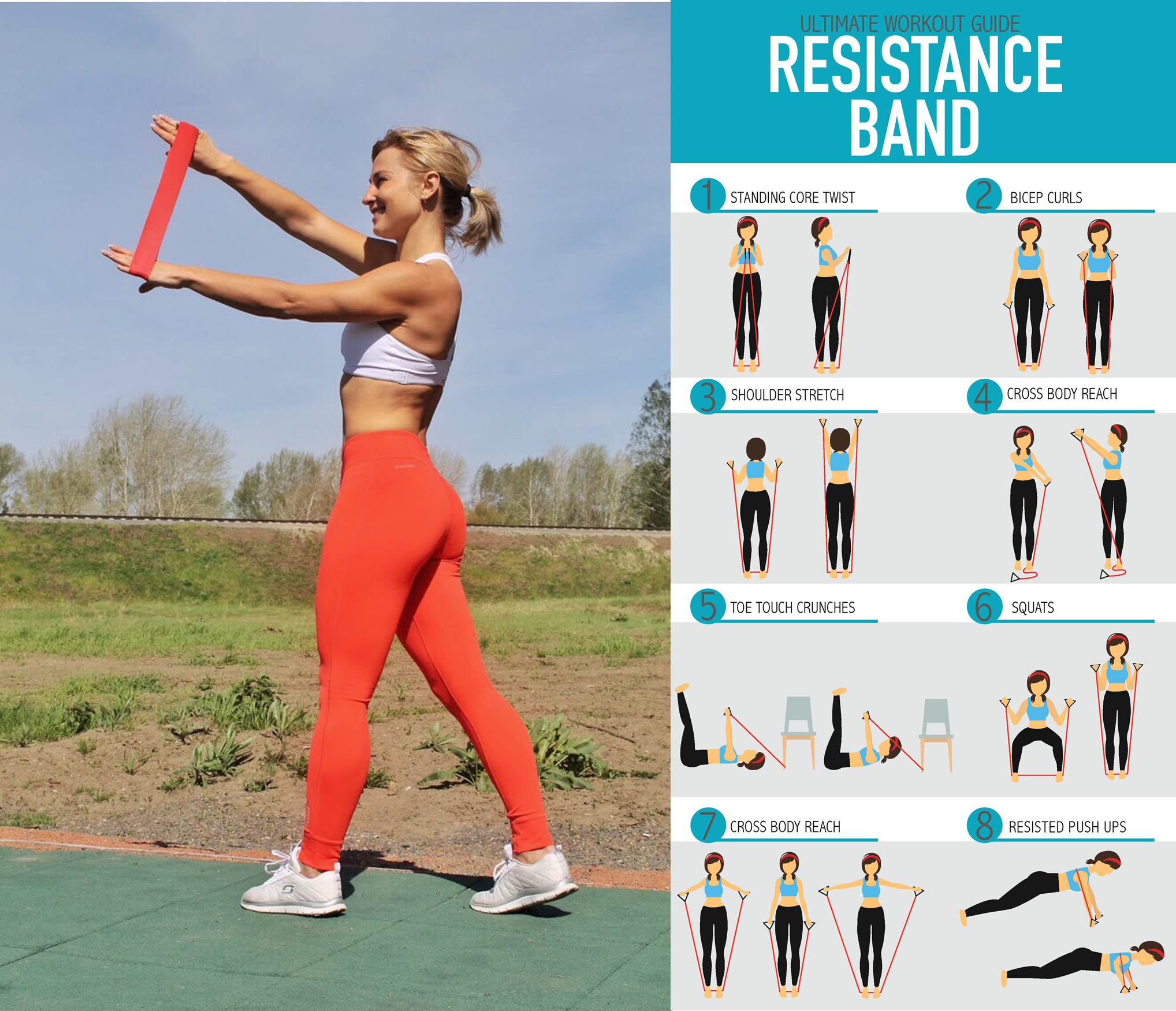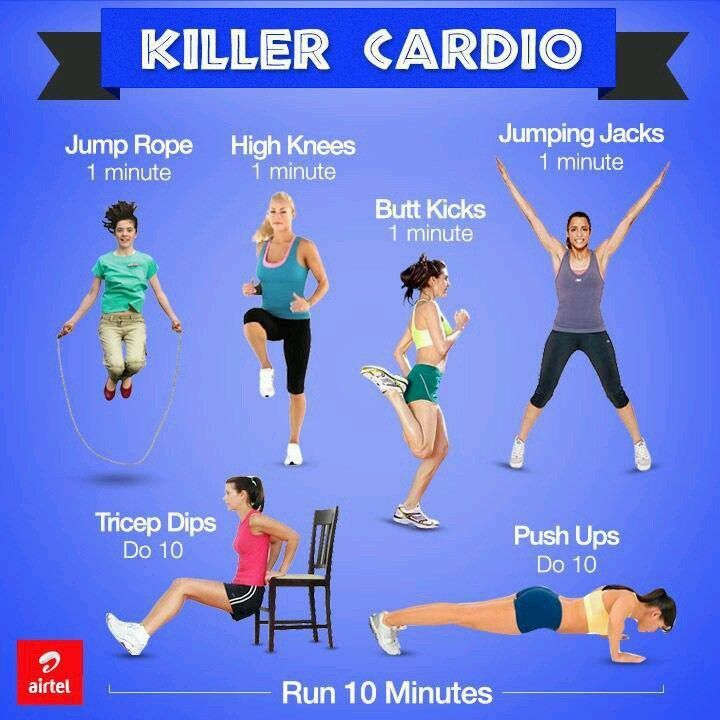
Incorporating Resistance Bands in Your Strength Routine
admin
- 0
Resistance bands are versatile and effective tools for incorporating into your strength routine. Whether you are new to strength training or a seasoned athlete, resistance bands offer a wide range of benefits and can be used to target various muscle groups.
Benefits of Using Resistance Bands
1. Portable and Convenient: One of the greatest advantages of resistance bands is their portability. They are lightweight, compact, and easily fit into a gym bag or suitcase. This makes them ideal for people who travel frequently or prefer to workout at home.
2. Versatile: Resistance bands can be used to target both larger muscle groups and smaller stabilizing muscles. They provide constant tension throughout the movement, maximizing muscle engagement and helping to improve strength and stability.
3. Suitable for All Fitness Levels: Resistance bands come in different resistance levels, ranging from light to heavy. This makes them suitable for people of all fitness levels and allows for progression as strength improves.
4. Joint-Friendly: Unlike some traditional strength training equipment, such as barbells or heavy weights, resistance bands put less stress on your joints. This makes them a great option for individuals with joint issues or those who are recovering from an injury.
How to Incorporate Resistance Bands Into Your Routine
1. Warm-up: Begin your routine with a dynamic warm-up to increase blood flow and loosen up your muscles. This can include exercises such as arm circles, leg swings, or lunges.
2. Squats with Resistance Bands: Place the resistance band around your thighs, just above your knees. Stand with your feet shoulder-width apart and perform squats while maintaining tension on the band. This targets your glutes, quads, and hamstrings.
3. Push-Ups with Resistance Bands: Secure the resistance band around your back and hold the ends in your hands. Assume a push-up position, with the band providing resistance as you lower and lift your body. This engages your chest, shoulders, and triceps.
4. Seated Rows with Resistance Bands: Sit on the floor with your legs extended, and loop the resistance band around your feet. Hold the ends of the band in your hands and pull them towards your body, squeezing your shoulder blades together. This exercise targets your upper back and biceps.
5. Resistance Band Pull-Aparts: Stand tall with your feet hip-width apart and hold the resistance band in front of you, keeping your arms straight. Pull the band apart by moving your hands out to the sides, squeezing your shoulder blades together. This exercise targets your rear deltoids and upper back muscles.
Conclusion
Incorporating resistance bands into your strength routine can add variety and challenge to your workouts. These versatile tools offer numerous benefits, including portability, versatility, suitability for all fitness levels, and joint-friendly movements. By including exercises such as squats, push-ups, seated rows, and pull-aparts, you can effectively target different muscle groups and improve your overall strength and stability.

